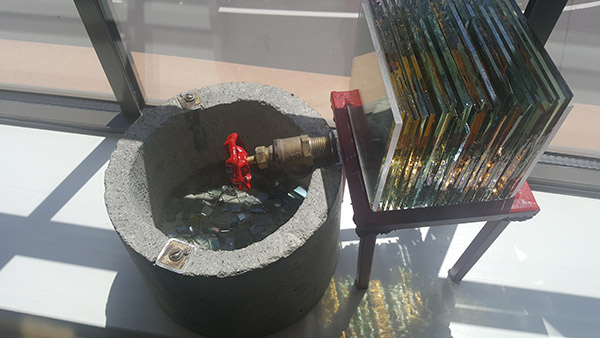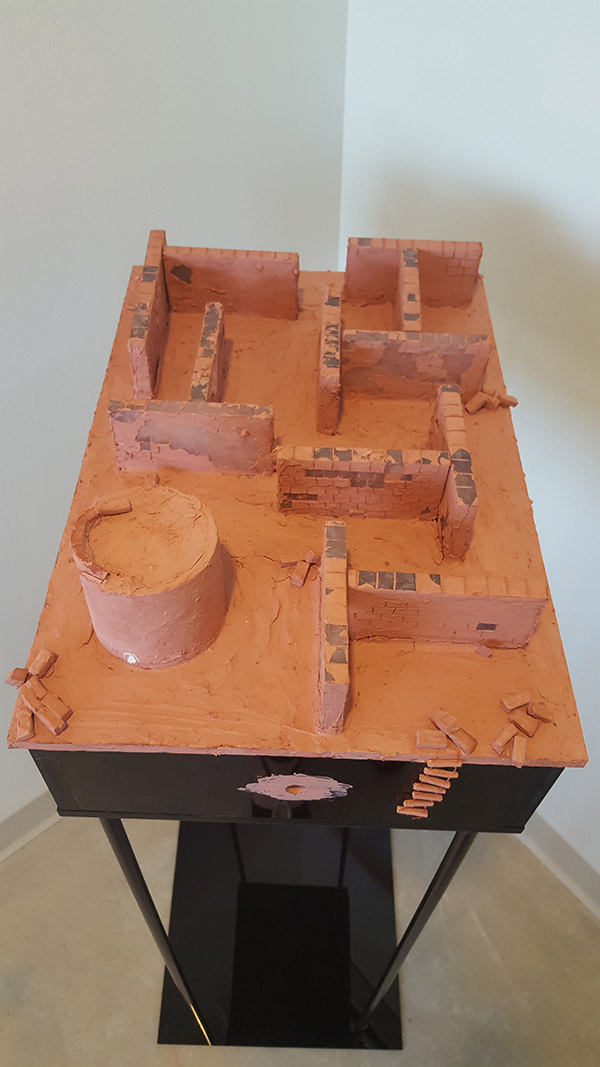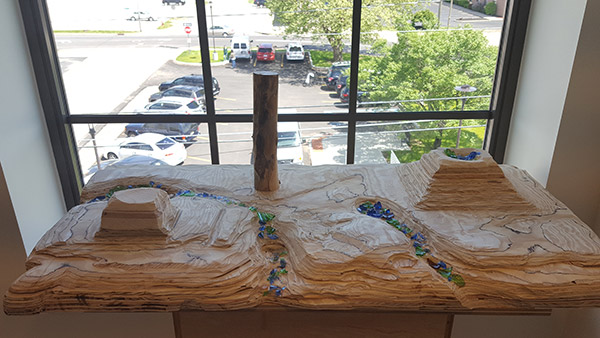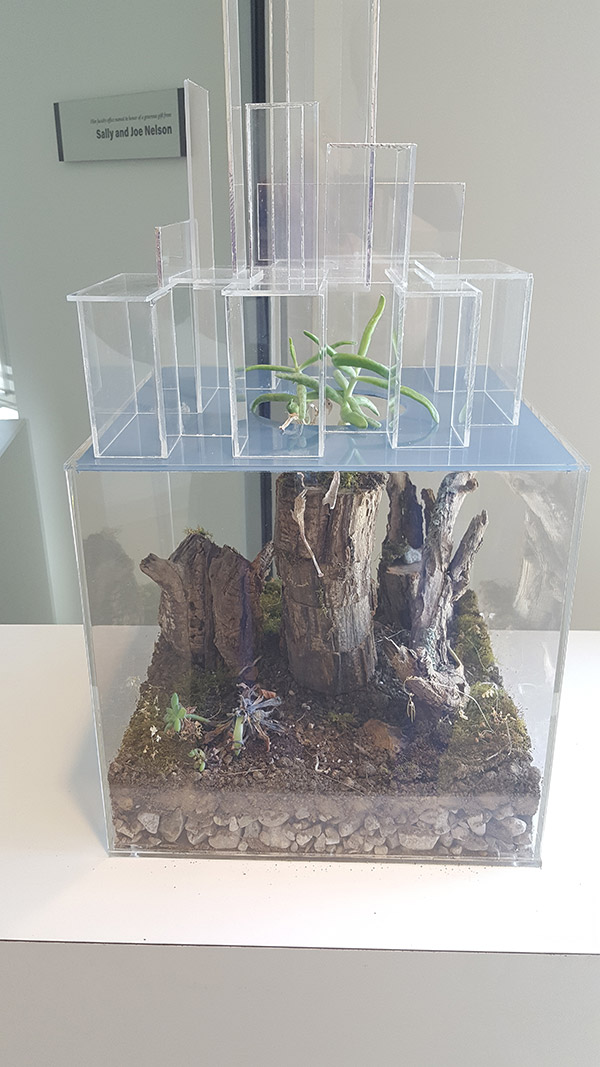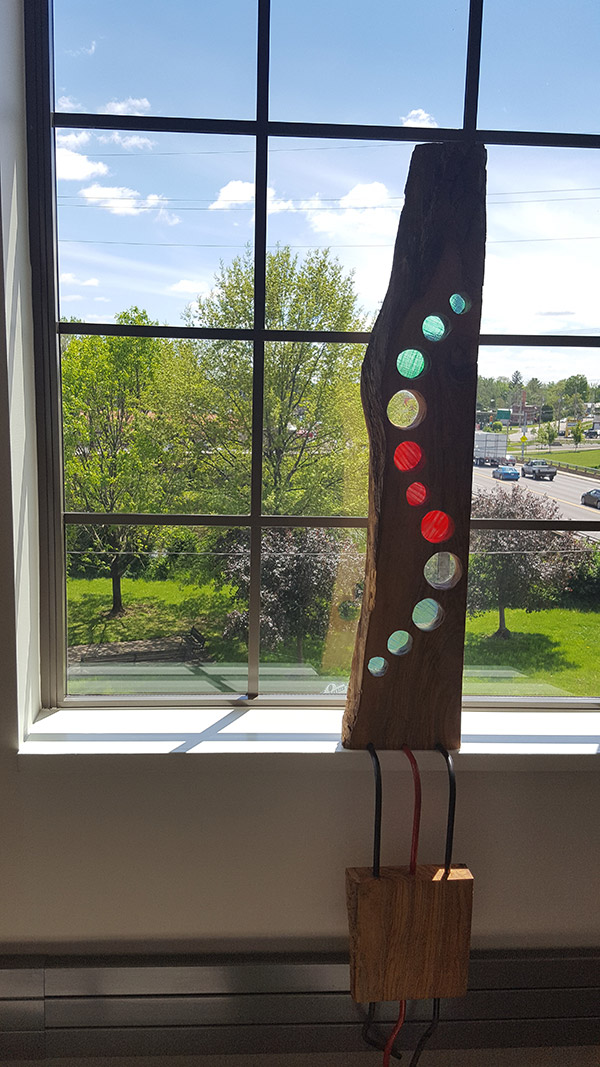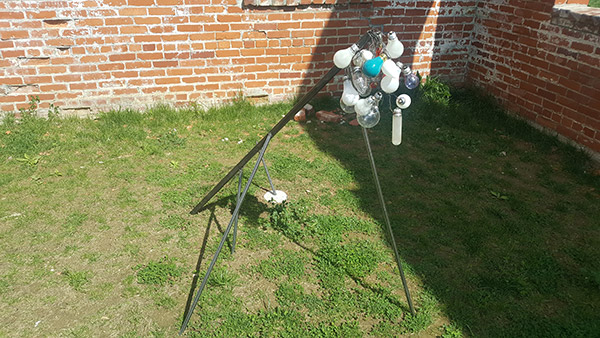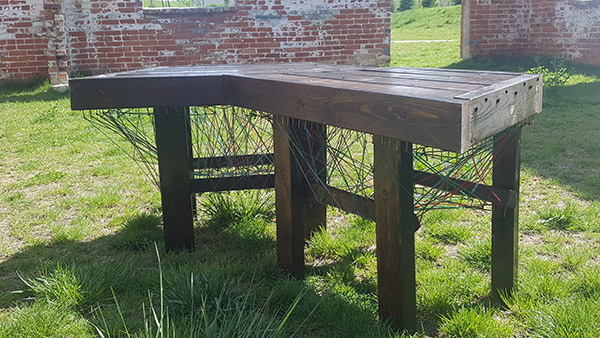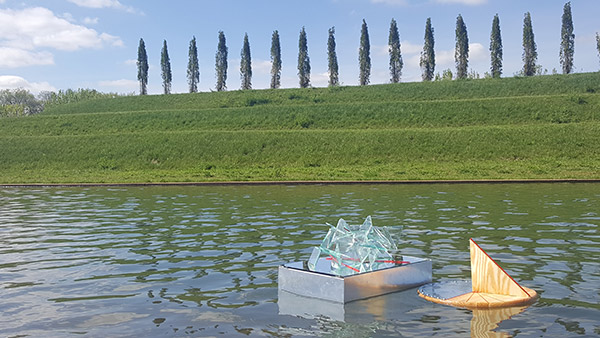Glassmaking has a rich history that dates back to roughly 3500 BCE in Mesopotamia. Glassmaking is seen in many different cultures across the globe throughout time, and as you can imagine, we do not use the same process the ancient Mesopotamians used over 5,000 years ago. Innovations in the glassmaking process have been made all over the globe, from Egypt to Mount Vernon, Ohio. The process that changed glassmaking drastically was invented in 1925 here and was thus named the Pennvernon process.
This process involved the glassmakers pulling molten glass through rollers as high as 3 stories from the ground floor. The glass cooled as it got further from the furnace and, by the time it was 30 feet in the air, it was cool enough to cut. The rollers acted as a safe way to get the glass to the desired thickness.
Another important part of this process was the people who were pulling the glass up and cutting it when it had sufficiently cooled. The people that dominated the glassmaking process were mainly of Belgian descent, and they had a hold on the glassmaking industry for a long time for two reasons. One reason is that they were incredibly skilled in the trade of glassmaking. The other reason is that they kept the secrets of the trade in the family and didn’t tell anyone else. That’s why glassmaking plants such as PPG were heavily staffed with Belgian immigrants who were mostly related to each other.
The Pennvernon process started dominating the sheet glassmaking industry due to its relative ease and the high-quality sheet glass it produced. Unfortunately for PPG, a new glassmaking process called “float glass” came about in the 1950s. By the 70s float glass was the industry standard. This new process involved floating molten glass on a bed of molten metal; tin and lead are the most common metals used. This method created high-quality glass and needed much less space than the Pennvernon process, which is why it has remained the industry standard.

